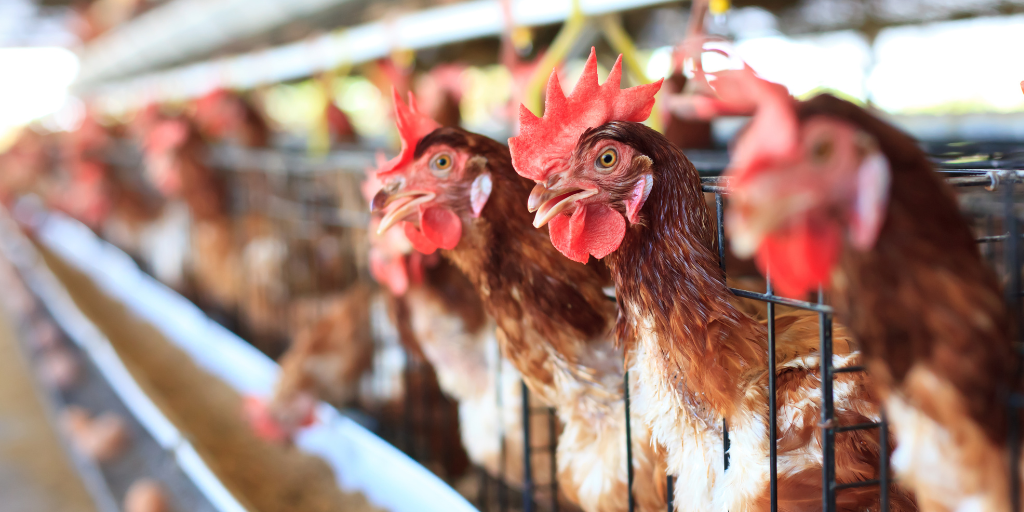A University of Guelph study led by Dr. Grégoy Bédécarrats, a professor in the Department of Animal Biosciences, has shed light on the factors influencing sexual maturation in chickens. The study reveals that manipulating the growth trajectory of young female chickens impacts their body composition and affects sexual development and egg production.
The findings from the Food from Thought-funded study, authored by Mohammad Bahry, a PhD student on the team, have been published in the Frontiers Journal.
The project analyzed young female chickens of two strains: Lohman LSL lite and Lohman brown lite.
“We started by raising these chicks in cages with unlimited access to food until they reached eight weeks of age. After that, we divided them into three experimental groups: one group with continued unlimited feeding (AL), another group fed to match the breeder’s target weight (T), and a third group with 20% restricted food intake below the target weight (R), ” explained Bahry.
Each group had 70 birds per strain, and throughout the study, the hens were exposed to 10 hours of light daily.
The team collected blood and tissue samples at various times to understand the effects of these different feeding regimes. They measured the concentration of a hormone called estradiol (E2) in the blood, which is related to egg production. They also weighed their organs and used a technique called Dual-energy X-ray absorptiometry (DEXA) to analyze their body composition and fat deposition.
The results showed that the R treatment, which involved restricted feeding, led to slower growth, delayed onset of egg-laying, and reduced egg production compared to the AL treatment in both strains. The R group also had lower body weight at the time of first egg-laying (FE) and smaller ovaries with fewer follicles.
The chickens’ specific strain also significantly impacted various parameters, such as body weight, ovary weight, age at first egg-laying, egg production, E2 levels, and body composition. Moreover, the DEXA analysis revealed that the AL group had more fat deposition than the R group.
“We discovered that the amount of food given to the chickens influenced their growth and body composition in a strain-specific manner, which affected the age at which they reached sexual maturity and started laying eggs,” said Bahry.
Interestingly, the team also observed that a body fat threshold between 10% to 15% seemed to be necessary for spontaneous sexual maturation in laying hens.
“These findings are particularly significant because they suggest that the traditional factors of age and environmental lighting, previously considered crucial for sexual development, may not be the sole determinants,” said Dr. Bédécarrats.
Instead, he says managing the body growth of layer pullets seems to be the key to ensuring successful egg production and promoting the health and welfare of the animals.
“The implications of this research go beyond theoretical understanding as the poultry industry has been transitioning to cage-free housing systems. These alternative housing systems can alter the chickens’ energy requirements and body composition, making it even more essential to understand and manage their growth effectively,” he explains.
The research team is making significant strides in unravelling the complex mechanisms governing sexual maturation in chickens. Their recent findings emphasize the importance of body composition and its management in young female chickens for successful egg production.
This research advances the understanding of avian reproductive biology and holds practical implications for the poultry industry, especially as it adapts to new housing systems. By identifying the critical factors that trigger sexual maturation, this research has the potential to contribute to sustainable and efficient egg production practices.
This research is funded in part by the Ontario Agri-Food Innovation Alliance, a collaboration between the Government of Ontario, the Agricultural Research Institute of Ontario, and the University of Guelph. Research took place at the Arkell Poultry Research Centre, which is owned by the Agricultural Research Institute of Ontario and managed by U of G through the Ontario Agri-Food Innovation Alliance.


